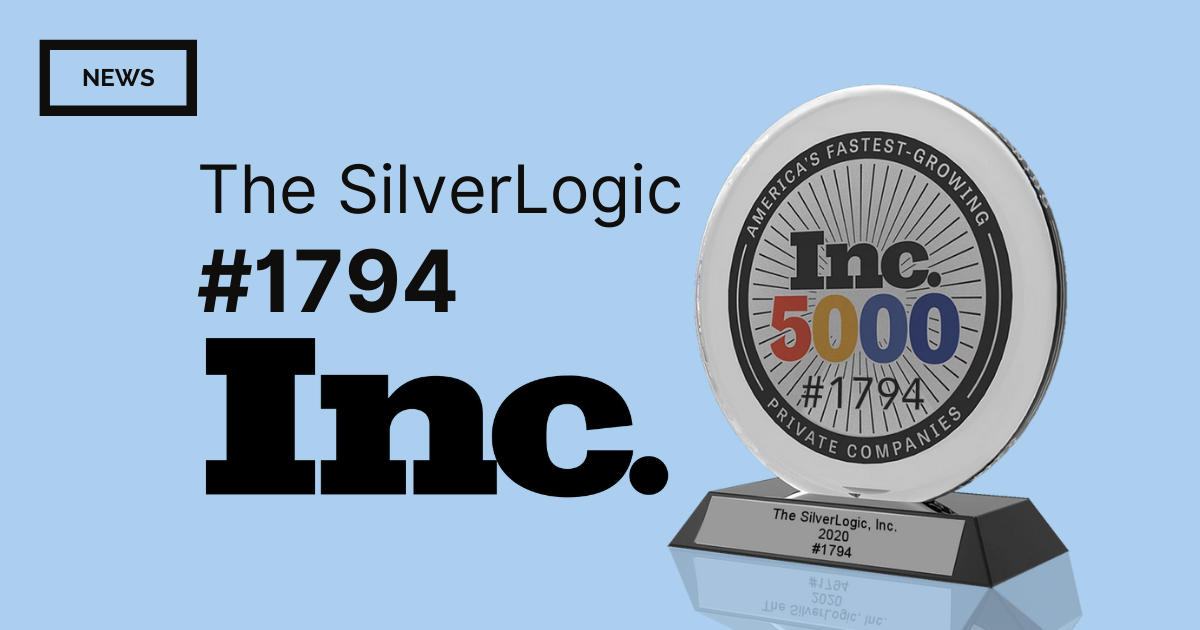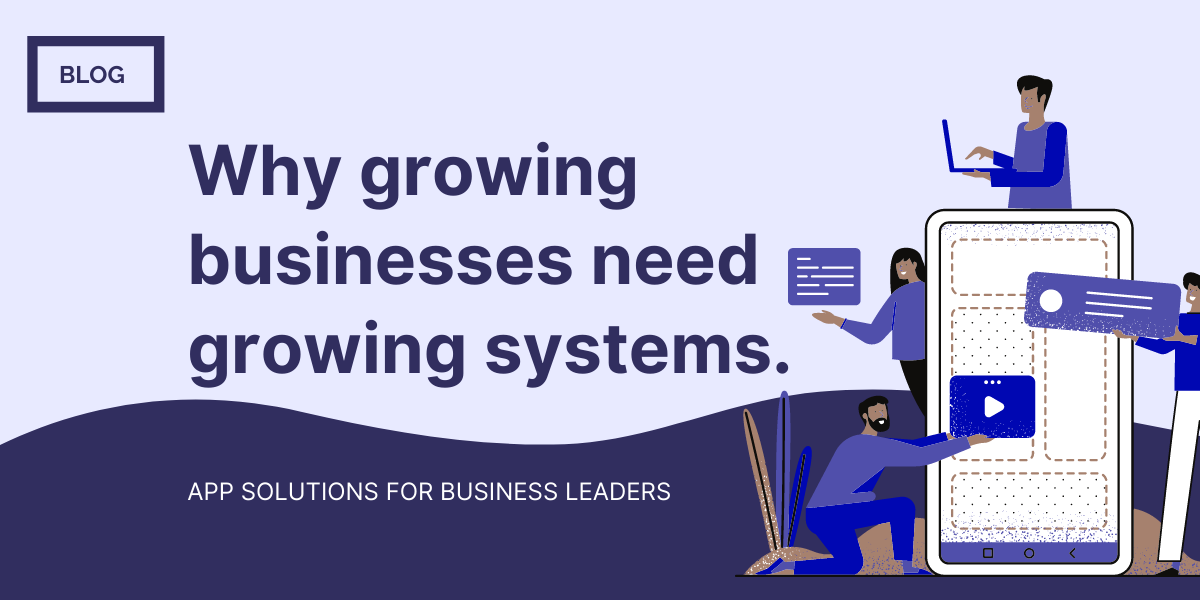Successful IoT Initiatives for Business Leaders: 5 Examples
Introduction
At The SilverLogic, we frequently discuss the practical impact of the Internet of Things (IoT) in business. Business leaders need to understand real-world examples of successful IoT implementations. A study by Capgemini involving interviews with over 300 executives and analysis of various IoT applications in industries like automotive, telecommunications, and manufacturing, offers valuable insights. Their report, "Unlocking the Business Value of Industrial IoT," provides a realistic perspective on the benefits and challenges of IoT.
The Capgemini study shows that while many organizations start IoT projects, not all are completed successfully. Yet, those that do see their projects through often find measurable benefits. The study highlights a range of IoT applications in different industries, focusing on five companies that have effectively integrated IoT:
Royal Dutch Shell
Royal Dutch Shell, a major oil and gas company, saw a significant return on investment with their implementation of a smart asset monitoring initiative. With an investment of $87,000, the company saw a return of over $1 million. The program was tested in 80 sites in West Africa, which produce a total of 600,000 barrels of oil per day. These locations were specifically chosen by RDS as they are highly profitable but difficult to access, and the remote location and limited local infrastructure make them perfect for off-site, or remote, monitoring.
The implementation of off-site monitoring technology by Royal Dutch Shell resulted in significant cost savings and improved production efficiency. The company's investment in remote monitoring devices reduced the frequency of on-site maintenance visits and provided better equipment management. This resulted in decreased downtime and a significant return on investment.
Harley Davidson: IoT in Manufacturing
The motorcycle manufacturer, Harley-Davidson, achieved significant success with their IoT implementation, as reported in the Capgemini study. The company upgraded one of its plants to be fully IoT-enabled, by installing sensors and automation tools. This resulted in a decrease in the time employees had to spend on repetitive tasks, which was one of the most dramatic improvements reported in the study.
The benefits of Harley-Davidson's IoT implementation were substantial. The plant saw a drastic reduction in its production schedule for new orders, going from 21 days to just 6 hours, while also experiencing a decrease in operating costs of $200 million. This resulted in improved production efficiency and less downtime. Furthermore, the company's custom build-to-order motorcycle business saw a 25 percent increase in production and delivery time, which was comparable to the increase seen in standardized cycle production.
Rolls-Royce
Rolls-Royce, a UK-based company known for its luxury automobiles, is also a major player in the jet engine manufacturing industry. The company has a strong focus on efficiency, as reducing fuel consumption on aircraft can lead to substantial cost savings. A 1% reduction in fuel consumption can save up to $250,000 per year for a single aircraft. As a leader in the jet engine market, Rolls-Royce continually works to enhance engine efficiency.
Rolls-Royce is using IoT sensing technology to optimize various aspects of its engines, including fuel efficiency and maintenance. They have implemented an array of sensors in their engines that can track engine health, and fuel efficiency and also integrate real-time information from air traffic controllers. This allows them to receive engine data mid-flight, which enables them to carry out proactive maintenance and reduce repair and maintenance costs. Additionally, Rolls-Royce utilizes the data it collects in the secondary market, providing other manufacturers and airlines with insights on how factors such as temperature and jetstreams impact engine performance. By tracking and analyzing engine performance during flight, Rolls-Royce is able to not only decrease the frequency of severe faults but also improve engine efficiency and decrease fuel consumption.
Giant Eagle: Engagement as a Service with IoT
A lack of inventory, referred to as stockout, can cost retailers approximately 4% of their annual sales. Maintaining proper inventory levels, particularly in brick-and-mortar retail, is a significant task that requires careful tracking and continuous replenishment in large chains.
Maintaining proper inventory levels is especially important in the grocery industry, where many products have a short shelf life. To address this challenge, Giant Eagle implemented a pilot program called "smart shelves" that uses dashboards and sensors to monitor inventory on store shelves and also send product information to shoppers' mobile devices. After testing this technology in some of its Columbus, OH stores, the company saw significant benefits: it decreased the time needed to replenish out-of-stock items by over 60% and reduced the total number of out-of-stock products on any given day by 50%.
Hershey’s
Hershey's, a leading chocolate manufacturer, is employing IoT sensors in its candy-making facilities to enhance production efficiency and comply with size regulations. Many countries have regulations on candy sizes for public health and tax reasons, Hershey's is using IoT technology to adjust the size of its products to comply with these laws.
Hershey's retrofitted some of its large chocolate vats with connected sensors to measure temperature, allowing the company to gather nearly 60 million new data points on production. These sensors helped Hershey's to make small adjustments to the size of its chocolate bars, to comply with size regulations, and to achieve the precise weight required. These seemingly insignificant reductions in size can have a significant impact on the company's bottom line, as Hershey's reported that every 1% reduction in size results in savings of $500,000 per 14,000-gallon batch.
Conclusion
If you are looking to leverage the transformative potential of IoT in your organization or business, The SilverLogic is here to help:
-
Developing IoT solutions: We can help clients develop IoT solutions that suit their specific needs. This can include creating custom software, integrating IoT devices, and more
-
IoT consulting: We can provide clients with expert advice on how to best implement IoT in their business. This can include identifying areas of improvement, recommending solutions, and more
-
IoT security: We can help clients ensure the security of their IoT devices and networks, protecting them from cyber threats and data breaches
-
IoT analytics: They can help clients analyze data collected from IoT devices, providing insights and helping them make data-driven decisions
-
IoT support: They can provide ongoing support to clients, helping them troubleshoot issues, make updates, and more
The SilverLogic can help clients with all aspects of IoT, from development to deployment, and ongoing support, allowing them to take full advantage of the benefits of IoT technology. Contact us if you would like to explore how IoT can revolutionize your business.

